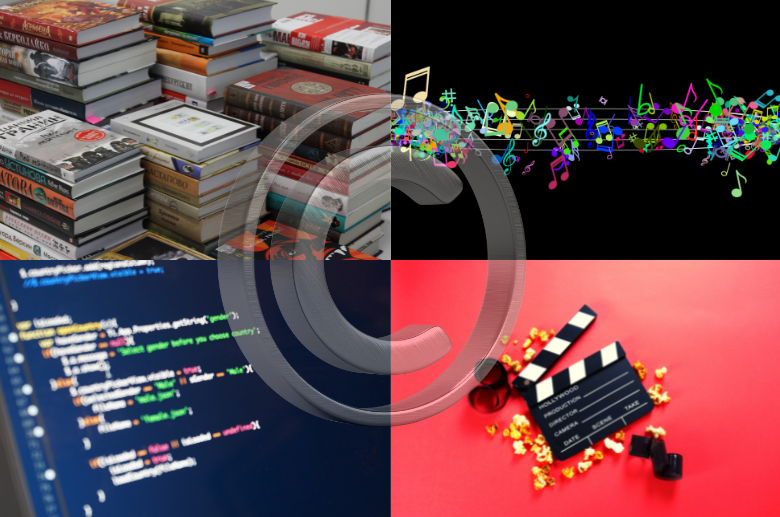
Copyrights are protected by the Law on Intellectual and Artistic Works with numbered 5846 (“IPL”), but there is no clear definition related to the copyrights in the IPL. The definition of copyright made by the General Directorate of Copyrights is “the legal rights on the products created by the individual with all kinds of intellectual effort.”
As can be understood from the definition above, copyright is a legal right that is regulated for works that appear in original way and reflect the characteristics of the author. In this context, the subject of copyright is accepted as a work. Therefore, in order for any copyright, firstly, a work must be existed.
According to the IPL, work is defined as “all kinds of ideas and artistic products that bear the characteristics of the owner and are counted as works of science and literature, music, fine arts or cinema”. Products that comply with this definition and have the characteristics listed above and also produced with a creative effort then, that products will be deemed as work.
All rights of the created or produced work belong to the author that created that work. Copyright, on the other hand, provides certain rights to the author by ensuring various rights regarding the work in question. These rights are financial, moral, and other rights determined by the principle of limited number.
Financial rights are the rights that provide an economic gain from the work. The authorship to prevent the author from obtaining economic profit and third parties from benefiting from the work is granted through financial rights. Thus, the transfer of financial rights to third parties is possible. To learn more about the transfer of financial rights, you can access the article we have published here.
Moral rights, on the other hand, are counted in the IPL as (i) the right to public supply, (ii) the right to be introduced as the owner of the work and to indicate the name, (iii) the right to prevent modification of the work, (iv) the right to access the original of the work, (v) the right to display and (vi) the right to prevent destruction. Moral rights are inalienable and non-transferrable rights that are used by the author himself, due to the intellectual product of the author and the connection between them.
The above-mentioned moral rights of the author have been regulated in order to protect the bond between the author and the work and carries the characteristics of the author, as the work arises as a result of the creative effort of the owner. In this context, as a rule, moral rights are only used by the author while he/she is alive. Since, the rule of non-transferability applies to moral rights, it is not possible for the author to withdraw his/her moral rights on the work and/or transfer the moral rights.
The moral rights of the author on the work are protected for seventy (70) years after the death of the author under the IPL. During these seventy (70) years, moral rights can be used by the heirs of the author. Heirs would not be the owner of moral rights; they only have the authority to “use” these moral rights. The protection of moral rights after the death of the author distinguishes moral rights from personal rights.
In the event of the death of the author, IPL has determined in order who will be authorized to use the right to disclose the work to the public and the right to designate the name as the author. If the author has previously determined the type of use of the moral rights or by whom they will be used, these rights will used by the determined people by the author, not used by the heirs or third parties. However, if the author has not made such a determination, then the IPL provisions will be applied.
Since moral rights cannot be transferred, the author will in any case be the owner of moral rights, but the author can authorize a third party for only the use of moral rights.
There are many Supreme Court decisions related to non-transferability of moral rights. The general view adopted by the Supreme Court is that the transfer of moral rights is not possible, only the authority to “use” moral rights can be transferred.
Authors: Hatice Ekici Tağa, Öykü Su Sabancı
